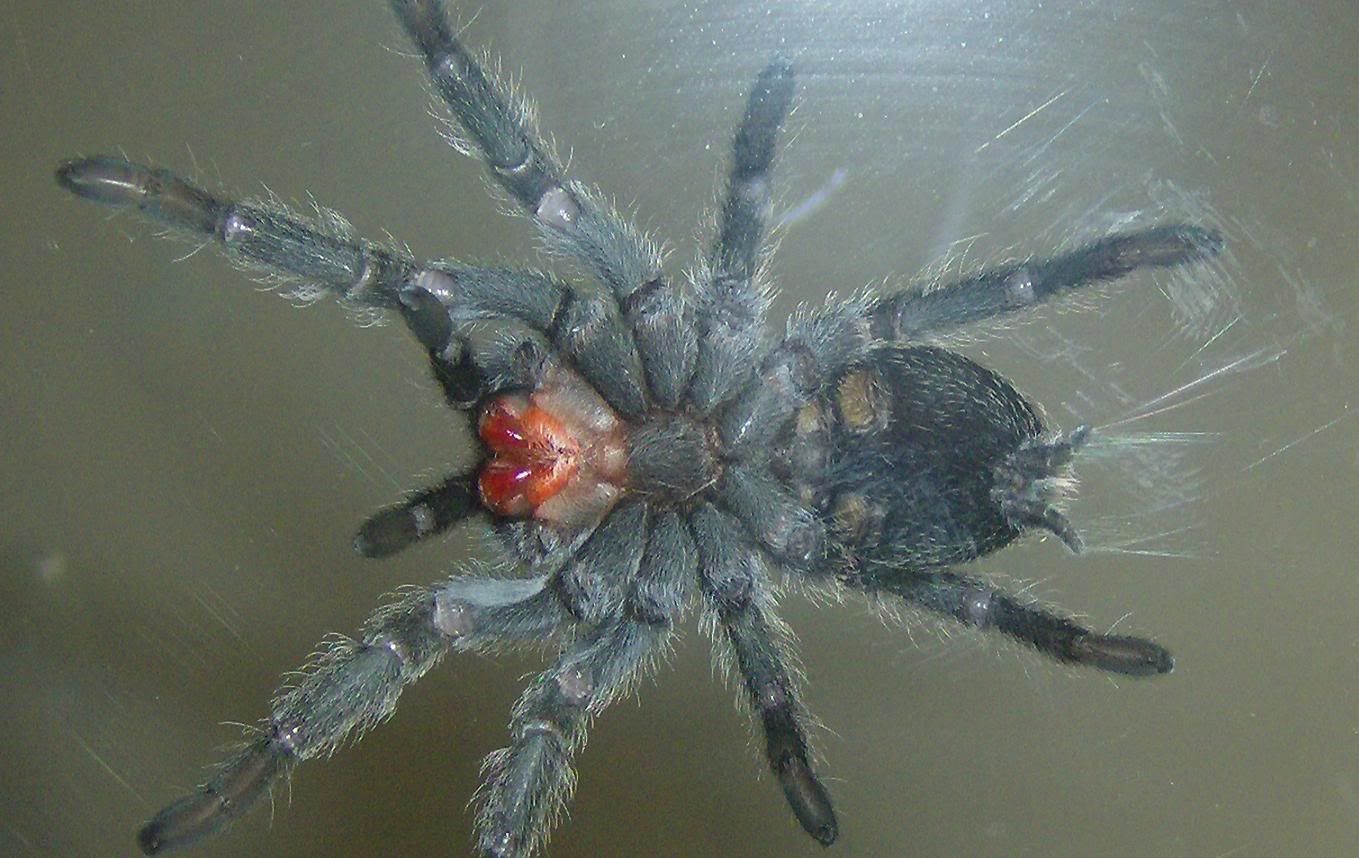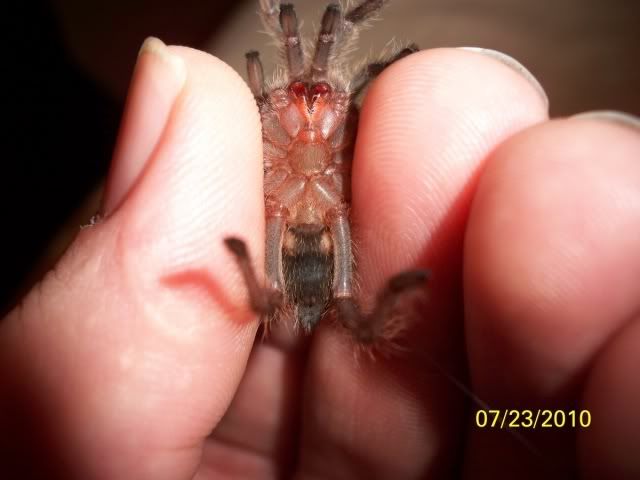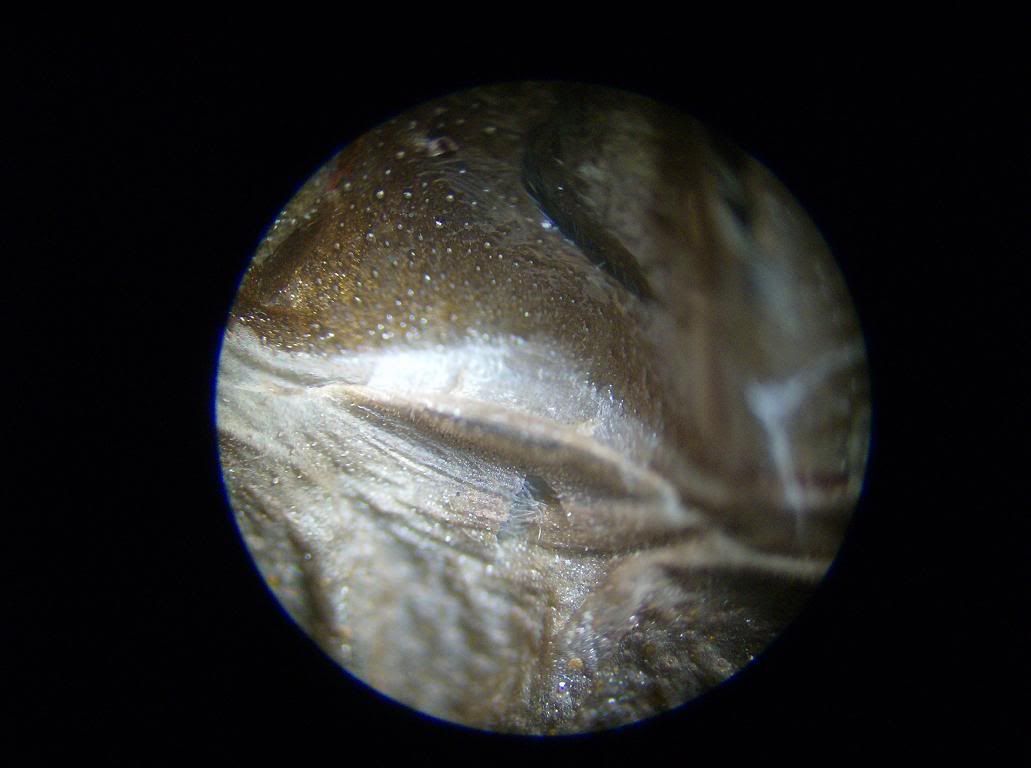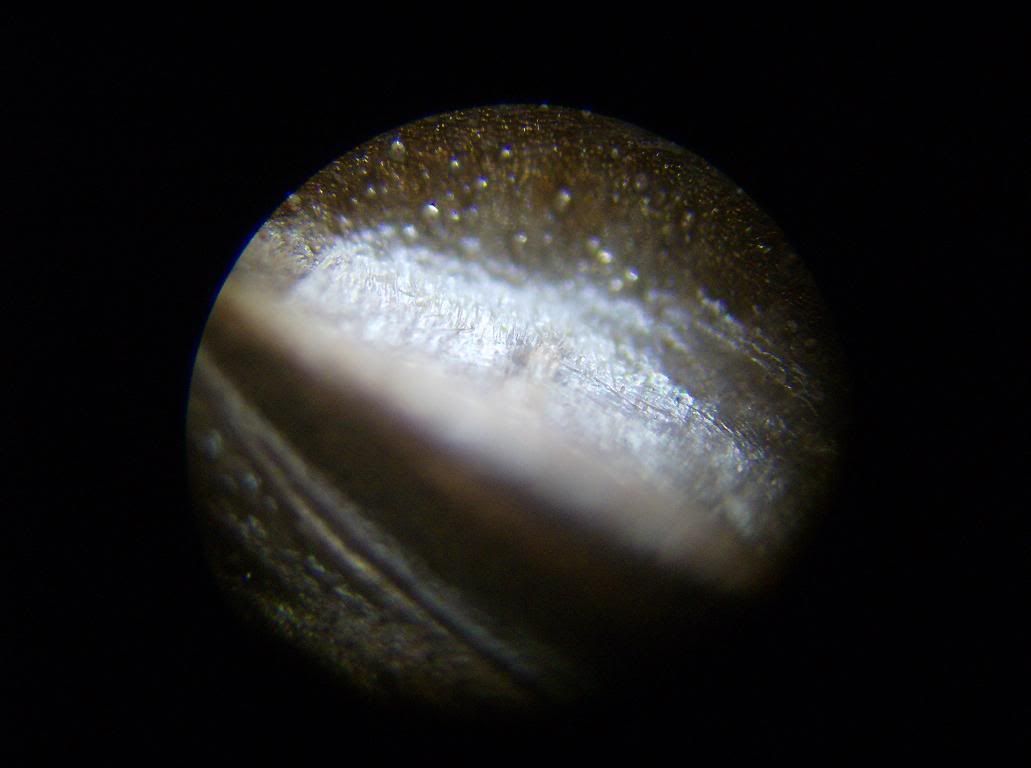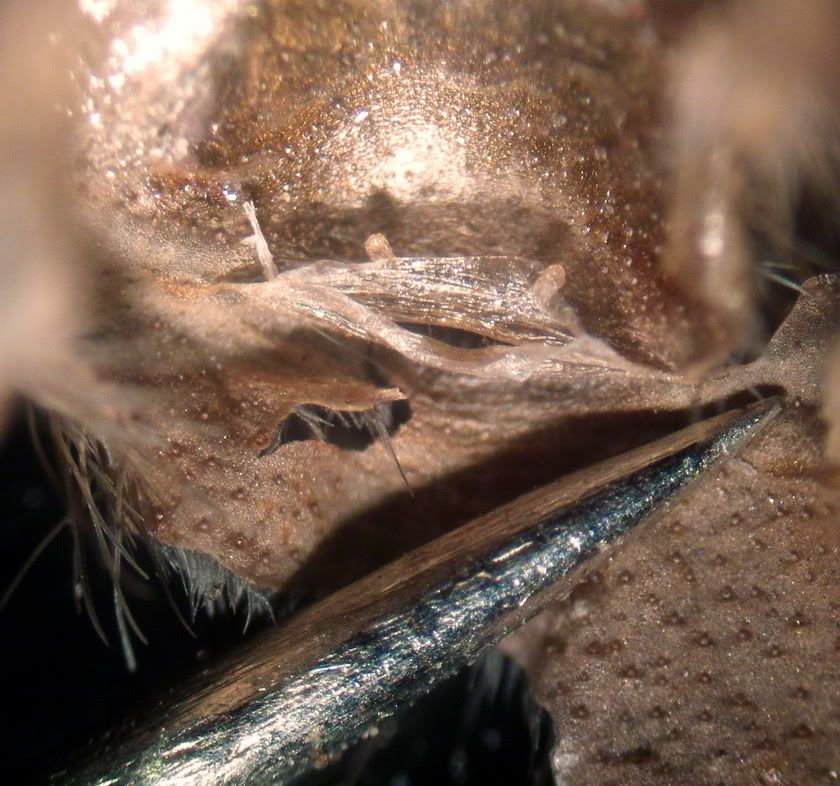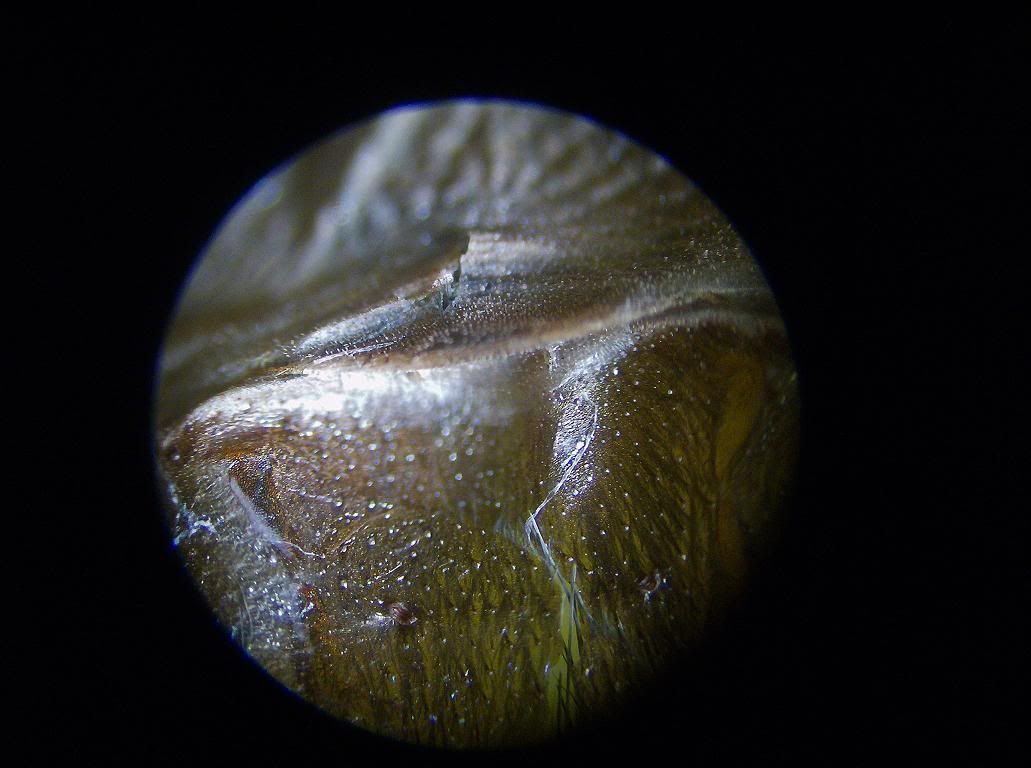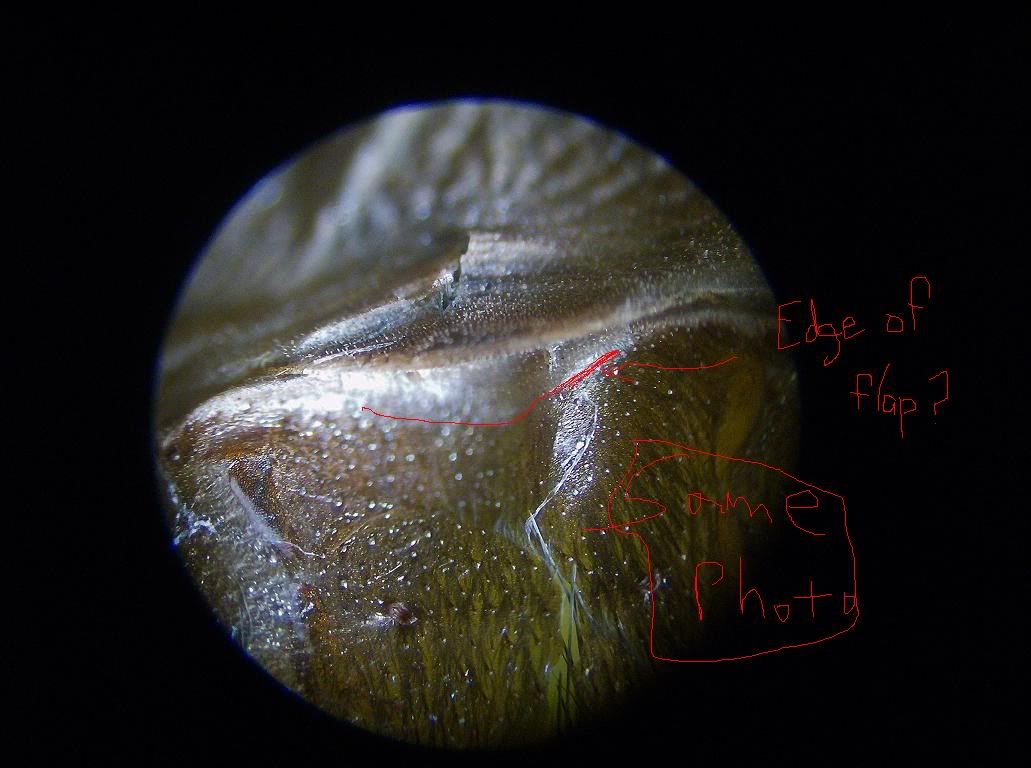- Joined
- Jul 20, 2007
- Messages
- 5,357
I said it because I think it's a male.Well, this would actually be good, because I want it to be male. I had it lined up for a trade, but now it fell through because we believe it's a female.
Are you just saying this to go against the grain? Do you have any pics that look like my "pseudo-spermathecae"? I'd really like to know what it really is..
I mean I wanted to trade it, but I still wouldn't be disappointed if it was female.
B. vagans male accessory organs:



Has this specimen grown large enough to confirm female with a larger molt? Specifically, development of the uterus externus?This may help. Heres a spermathecae from a ~2.5" specimen
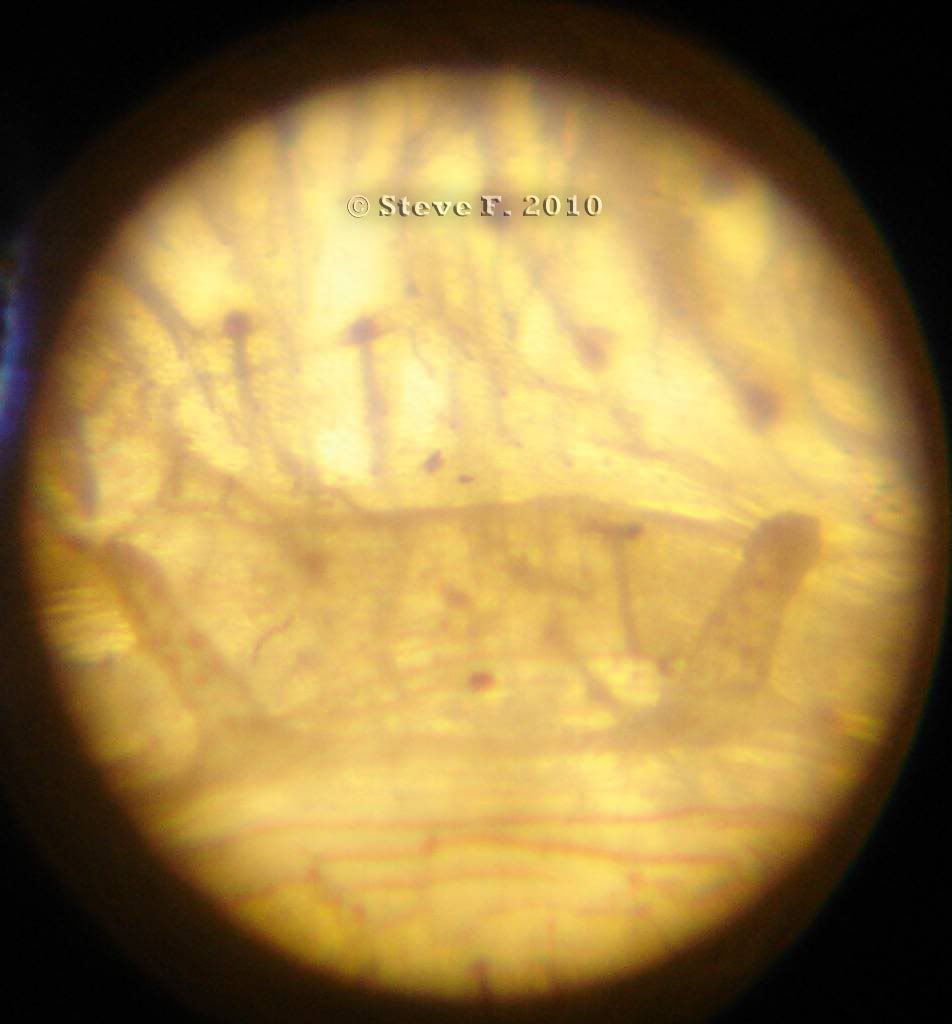
Spermathecae requiring a 100x magnification on a 2.5" molt sounds pretty unlikely to me.You also have to remember that mine is at 100X magnification.
Last edited:

